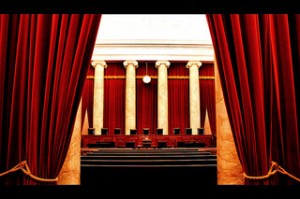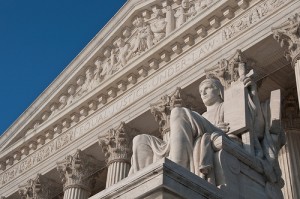States and Local Governments Win Takings Case
Good news for local governments with "merger" ordinances: you can keep them on the books.
It has been a number of years since states and local governments have won a property rights case. But in Murr v. Wisconsin the Supreme Court concluded 5-3 that no taking occurred where state law and local ordinances "merged" nonconforming, adjacent lots under common ownership, meaning the property owners could not sell one of the lots by itself. The State and Local Legal Center (SLLC), filed an amicus brief, which the Court cited two times, arguing that these very common provisions are constitutional.
The Murrs owned contiguous lots E and F, which together are .98 acres. Lot F contained a cabin and lot E was undeveloped. State law and a St. Croix County merger ordinance prohibit the individual development or sale of adjacent lots under common ownership that are less than one acre total. A grandfather clause allows for the sale and development of separately owned substandard lots purchased before the statute and ordinance went into effect.
The Murrs sought and were denied a variance to sell Lot E to finance moving the cabin on Lot F. They claimed the ordinance resulted in an unconstitutional uncompensated taking.







